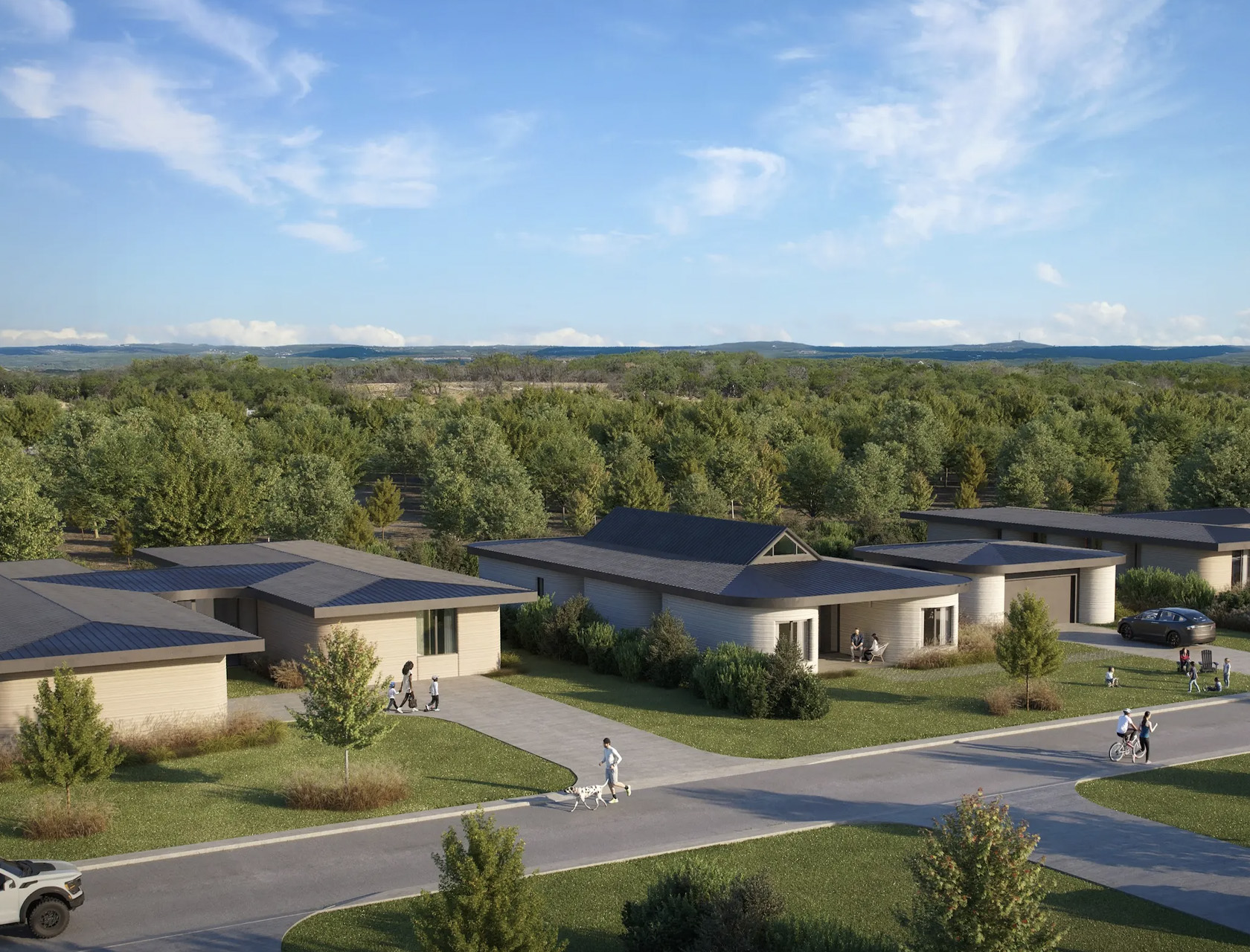
Acclaimed 3D-printed architecture firm Icon has developed its cutting-edge technology to a whole new level with its latest creation – a high-profile luxury housing development in Texas. They’ve transformed their technology into a mainstream construction method, from a niche proposition. At the start Icon only focused on low-budget dwellings, but now it is making a move to bigger and luxurious 3D-printed homes.
Designer: Icon
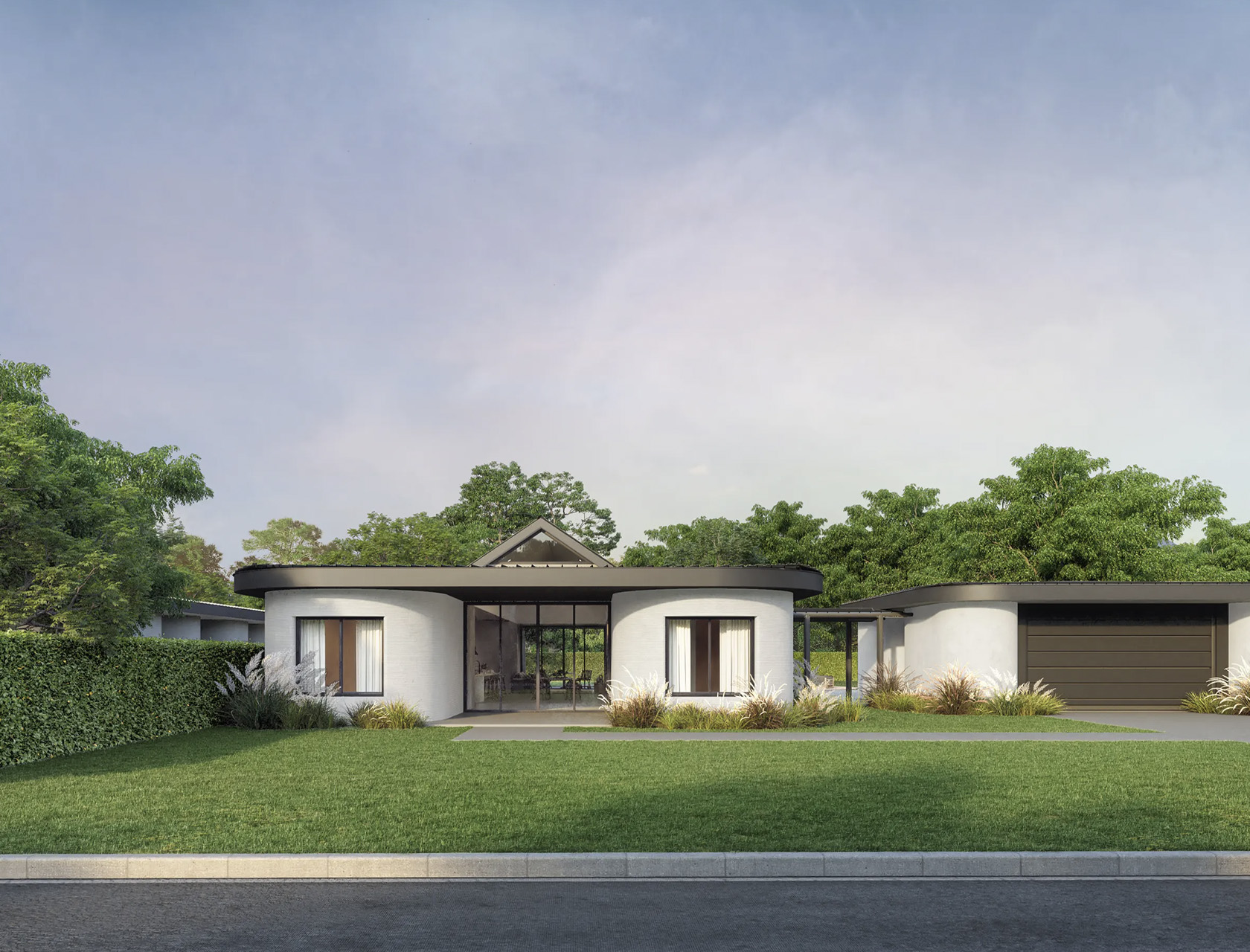
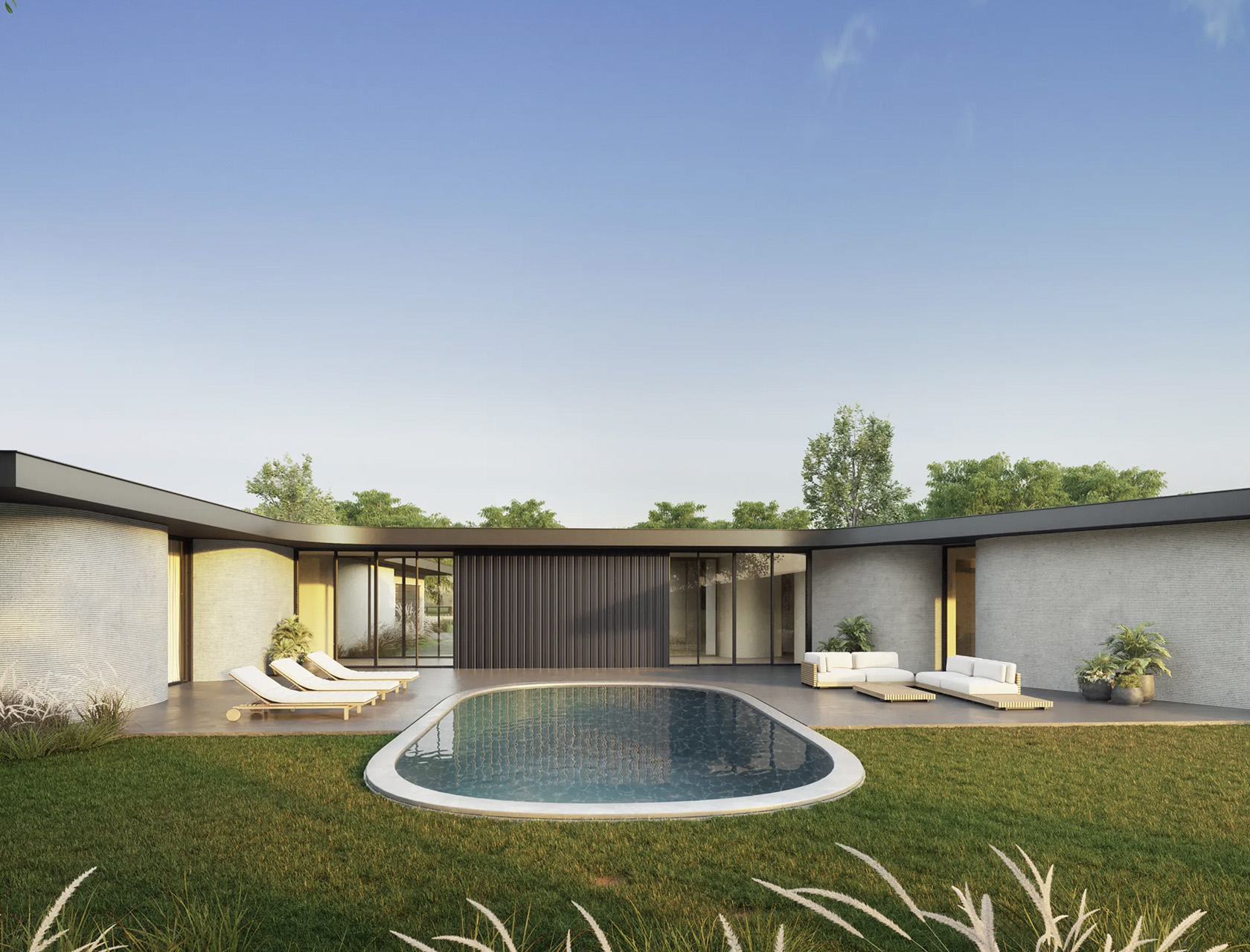
Called the Wimberly Springs Project, this luxurious development is located in a neighborhood of the same name. It is about 40 miles south of Austin, Texas. The project will include eight residences, and each home will contain four or five bedrooms, and will occupy almost 4,000 sq ft of floor space. The homes will be designed by Icon and Bjarke Ingels Group and will consist of four available floor plans that will be quite spacious and free-flowing.
The open homes will feature muted colors, and the renders showcase the ribbed walls that signify this is a 3D-printed project. The homes will also include floor-to-ceiling windows, quartz countertops, stainless steel appliances, and freestanding soaking tubs in the washroom.
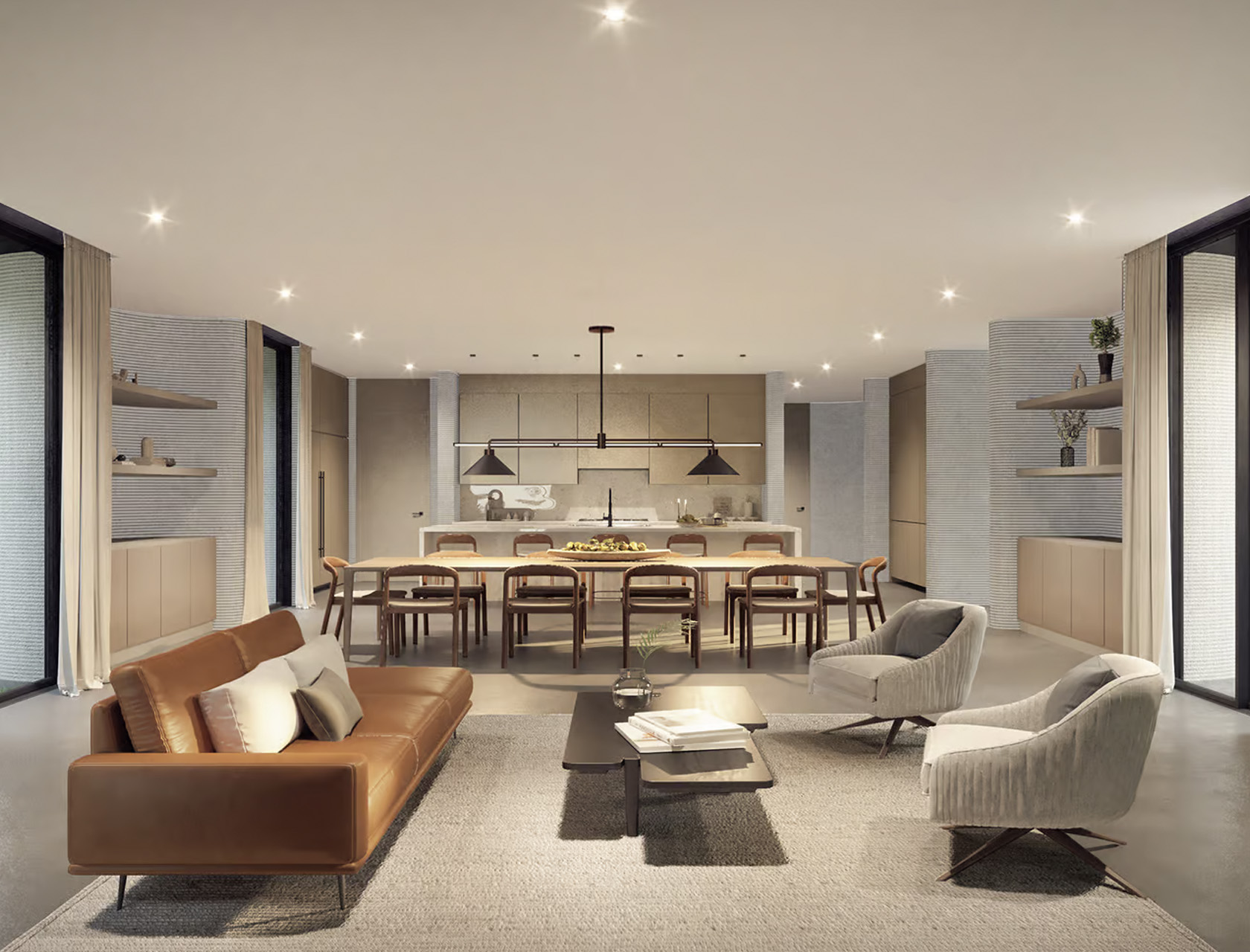
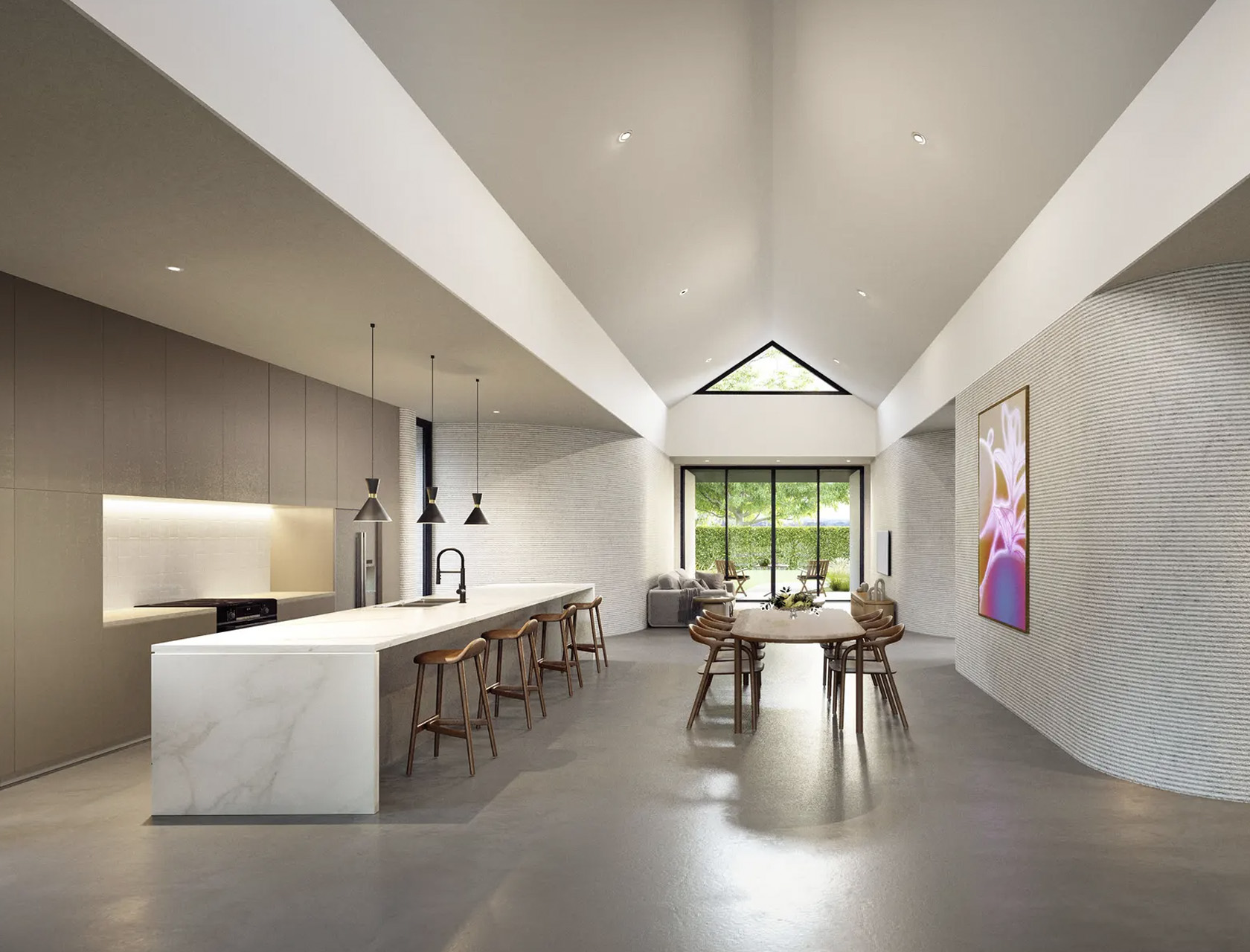
“Located in the Wimberley Springs neighborhood, the innovative homes are three miles [4.8 km] from the Wimberley town center and minutes from hiking trails, swimming holes, wineries, golf courses, esteemed restaurants, retail, home decor, garden shops, and more,” said Icon. “The picturesque, quaint community of Wimberley is near the pecan tree-lined Cypress Creek. Whether homebuyers are seeking a serene retreat or a family-friendly community, Wimberley Springs is the ideal place to call home.”
We don’t know when the homes will be fully constructed, but the work is currently ongoing. The construction process for the project is the same as previous 3D-printed house projects we’ve seen. A massive 3D printer will print out the basic shall of each resident on-site, emitting a cement-like mixture out of a nozzle in multiple players. Human builders will then complete the roof, windows, and any other features required. The homes will be durable to high winds, and have amazing thermal performance.
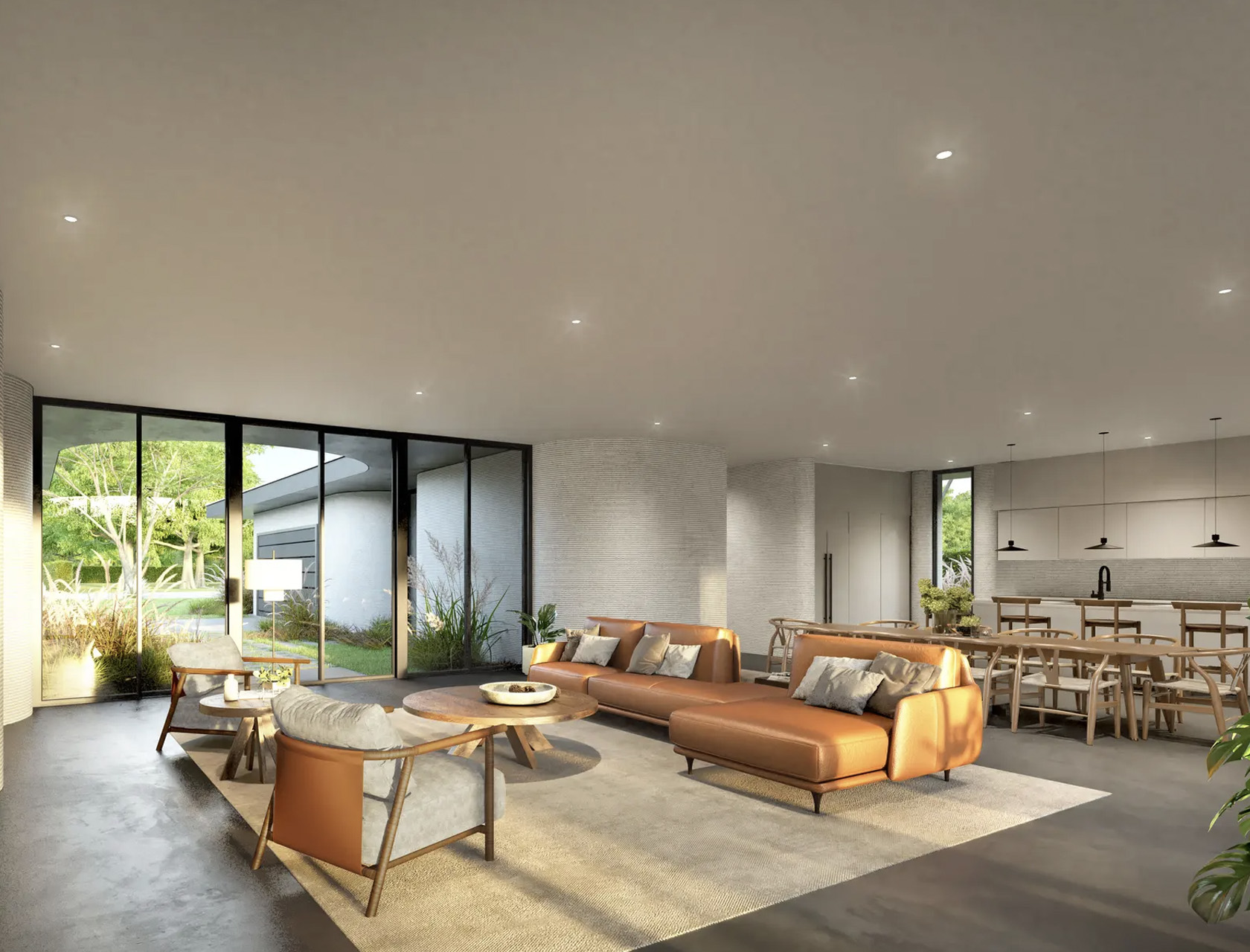
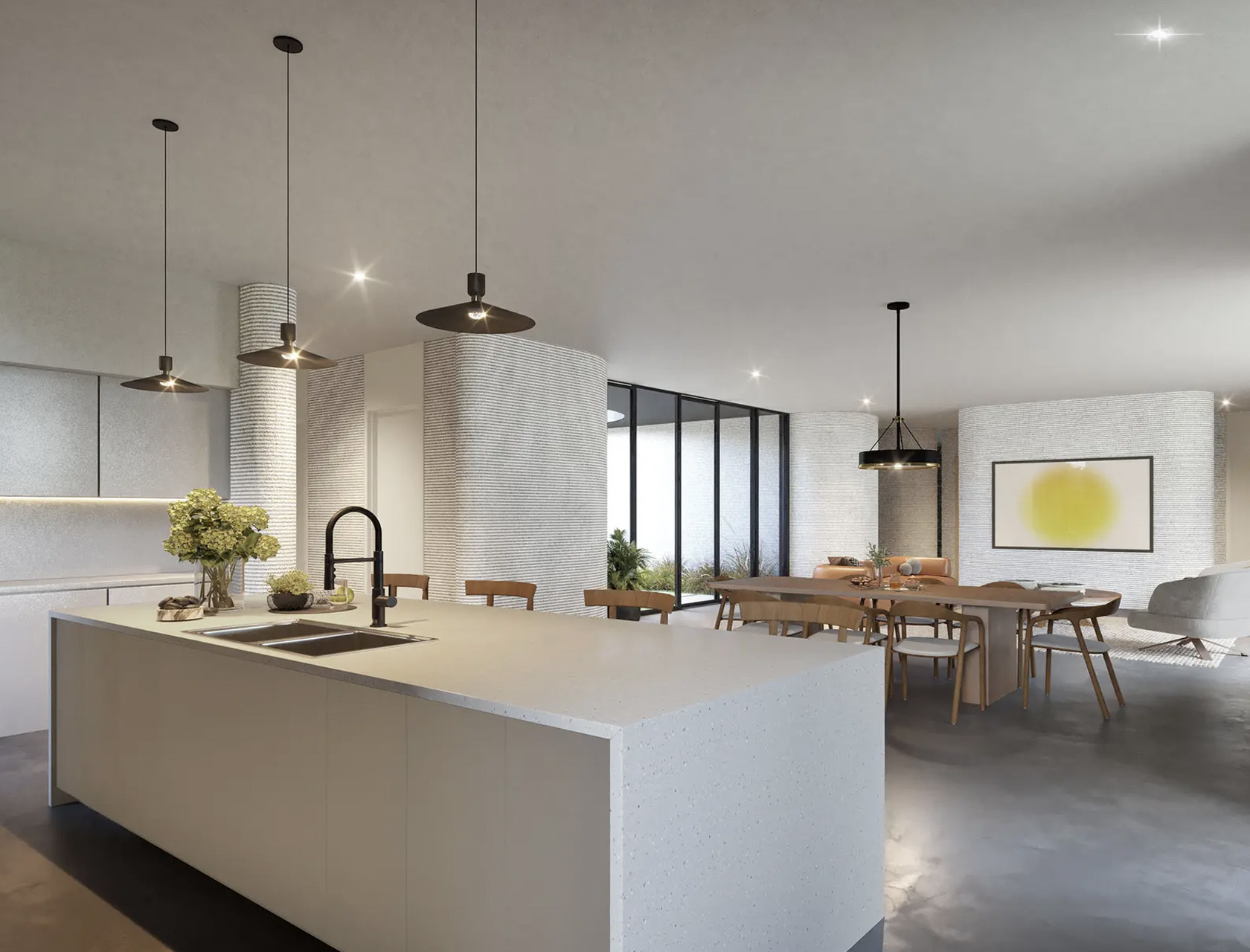
The post Icon Announces Plans to 3D-Print High-End Luxurious Homes In Texas, USA first appeared on Yanko Design.